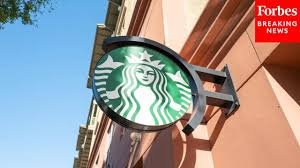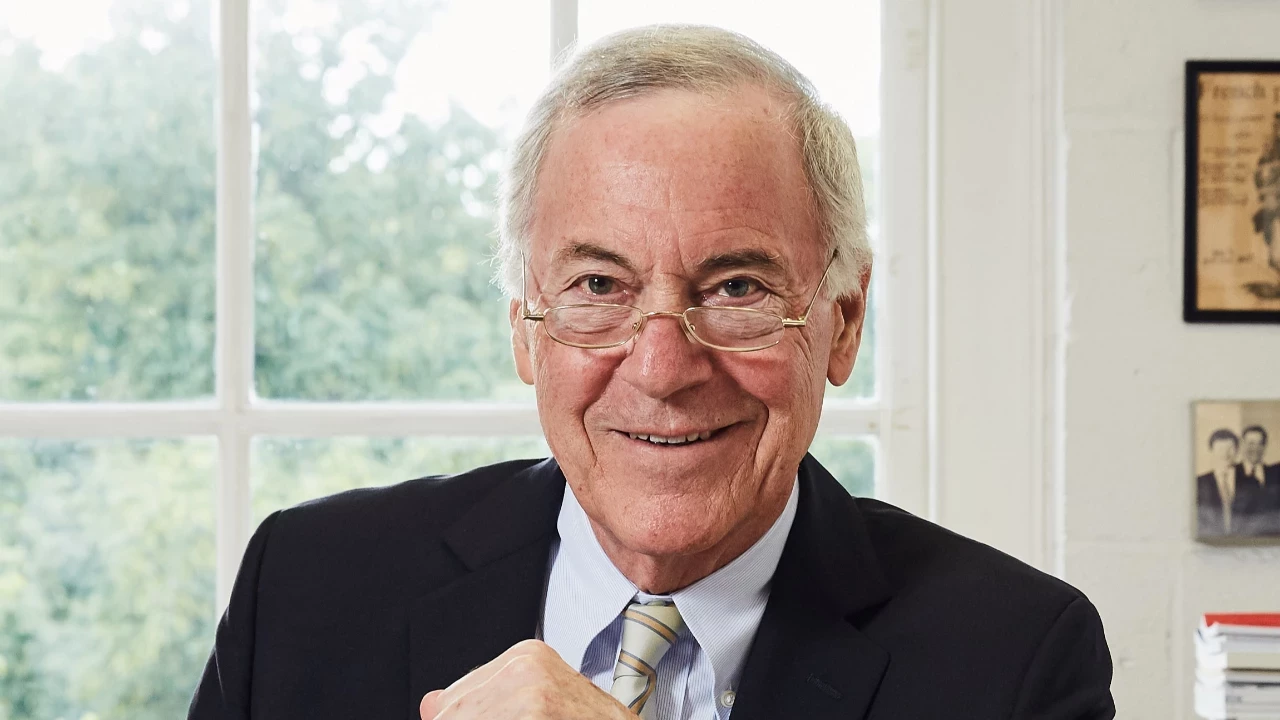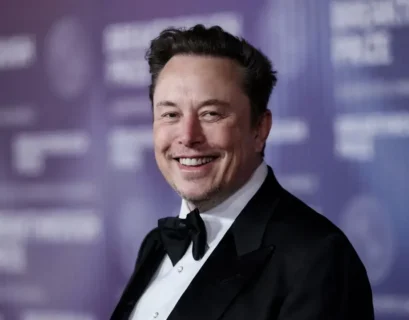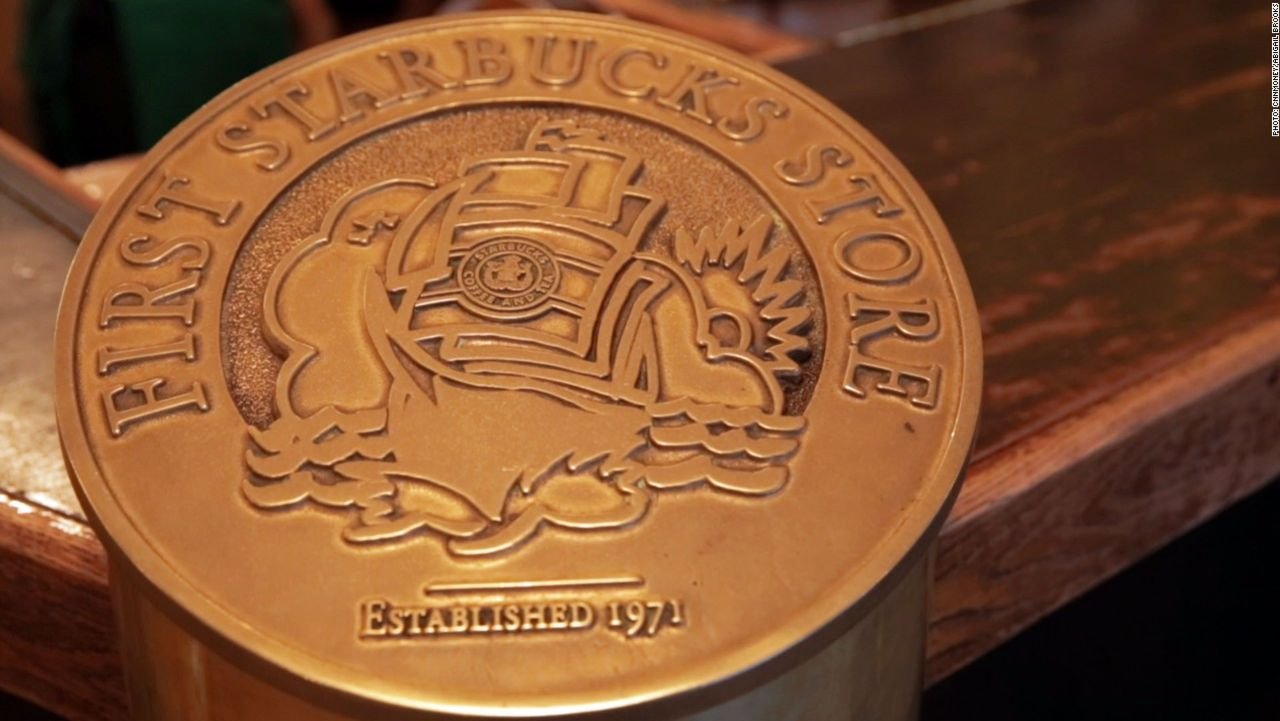Table of Contents
Starbucks, the undisputed leader in coffee retail, announced a $1 billion restructuring plan. This major strategic overhaul includes the closing of hundreds of stores that are underperforming, as well as significant investments in automation and technology, and a rethinking about its store formats and labour model. This move marks a turning point for the company, as it faces shifting consumer habits, inefficiencies and economic pressures. It is attempting a bold reinvention to improve profitability and streamline operations. It also aims at securing its leadership position in the market for the next decade. This blog is covered by financeinfotech.com.

Shifting Consumer Behavior Post-Pandemic
Global pandemic has permanently changed the way we live, work and, most importantly, drink coffee. As remote working became more common, the traditional “third place,” a warm and welcoming space between home and office where customers could relax, saw its role diminish. Starbucks’ locations in business districts and dense urban areas, which were once the lifeblood for many of their stores, have seen a steady decline in foot traffic.
Convenience has replaced price as the new king. The consumer now favors speed and efficiency. This has led to an explosion in the demand for mobile ordering, drive-thru and delivery services. Starbucks’ current store layouts are not equipped to handle the high volume of orders placed on-the-go. They were designed to encourage people to socialize and stay in their stores. This has led to operational bottlenecks and long wait times. Customer satisfaction is also declining.
The Inefficiency of Operational Work and the Labor Challenges
Starbucks baristas are under immense pressure behind the counter. Combining the complexity of drink orders with an increase in mobile and delivery services has led to a stressful and inefficient working environment. Logistical nightmares have replaced tasks that were once manageable. This has led to high employee turnover and burnout.
The company realized that the existing workflows could not be sustained. By investing in automation and new equipment, the “Reinvention Plan” directly addresses these pain points. The “Reinvention” plan includes new espresso machines, which reduce preparation time and improve cold beverage stations. It optimizes the “engine” in the store to improve the barista’s job, increase order accuracy and speed service. This aims to address both labor satisfaction as well as customer experience.
Economic Headwinds & Market Saturation
Starbucks, like all retailers around the world, is not immune from economic challenges. The rising inflation rate has increased the price of raw materials from coffee beans to milk products while also decreasing consumer discretionary expenditure. In such an environment, a company cannot rely on premium pricing alone to drive growth.
It has also reached saturation in many North American markets. Opening more traditional stores in cities with cafes on every corner is not a viable expansion strategy. The company identified hundreds locations that either were cannibalizing the sales of nearby stores or consistently underperformed financially. The restructuring plan includes closing redundant or unprofitable cafés in order to reallocate the capital towards more promising formats and areas, ensuring that a healthier and sustainable store portfolio.
The Financial Blueprint – Deconstructing the $1 Billion investment
This restructuring costing $1 billion is an indication of its size. The capital raised is not just being used to cover the costs of closing the business; it’s a strategic investment in the future. Starbucks’ priorities are evident in the allocation of funds.
Lease Terminations and Store Closures: An important portion of the budget goes to costs associated with closing several hundred stores. These costs include lease buyout penalties and severance payments for employees affected. These closures, while painful in the short term, are seen as necessary to trim down the company’s portfolio.
Starbucks’ investment in new store formats: It has moved away from the one-size fits all approach. The plan accelerates rollout of more flexible, new store formats. The plan includes a push for drive-thru stores, “pickup only” stores with smaller footprints, designed for mobile orders and delivery, and delivery centers. It can now meet its customers wherever they are.
Employee Benefits and Wages:
IT recognizes that its workforce is the key to a successful transformation. As such, it has set aside a portion of its funds for continuing investment in their employees. The benefits include competitive wages, training programs focusing on new equipment and workflows and other benefits that are designed to increase retention and position Starbucks in the competitive labor market as an employer of preference.

Human Costs for Employees
The plan’s most difficult and immediate consequence is its impact on the employees of the stores that are scheduled to close. Starbucks stated that it would redeploy affected employees to other locations. However, layoffs will still occur. The company offers severance packages as well as outplacement services for those who are losing their jobs.
The “Reinvention Plan” promises to create a better working environment for the remaining employees. Investments in automation and better workflows aim to reduce physical and mental stress. The company hopes that by simplifying tasks baristas can spend more time doing what they love: connecting with their customers and creating beverages. The success of the initiative will be heavily dependent on the effectiveness of the new systems and the quality of the training.
The New Customer Experience
The changes will be visible to customers. The closure of local could mean the end of a community hub in some neighborhoods. These cafes were used by customers to study, work or socialize.
The majority of customers will likely see improvements, especially those who prefer convenience. Drive-thru stores and only-pickup-only stores will reduce the wait time for mobile orders and on-the go. In-store experiences at renovated stores should be faster and more efficient. It has made a clear trade-off: it is giving up some of its “third-place” identity to become a high-volume, efficient beverage provider. This shift may dilute its premium brand experience, which has been central to the company’s identity.
Starbucks Future Strategy: Vision for the Next Generation
The $1 billion restructuring plan is more than a defensive strategy; it’s an active one to shape the future of the company. The plan shows a vision that is centered around efficiency, adaptability and digital integration. Multi-Format Portfolio : Starbucks’ future is not one type of cafe but a diverse array of formats. The traditional cafes will remain in socially active areas. However, they will be supplemented by a network of drive-thrus and pickup-only locations. It can tailor its presence according to the needs of every neighborhood with this flexible approach.
Digital First Engagement: The mobile order & pay is already an important part of business. This plan will only increase that fact. It will continue to invest heavily into its mobile app, Rewards program and data personalization in order to increase customer engagement and loyalty. Physical stores will be redesigned so that they seamlessly integrate this digital experience.
Operational excellence: At the core of “Reinvention”, is a relentless pursuit for operational efficiency. Starbucks’ goal is to create a business model that is more profitable and resilient by simplifying processes and leveraging new technology. The “engine” is the core of the store.

FAQs
How many Starbucks are closing?
Starbucks announced the closing of hundreds of stores, mostly in North America. It has stated that the majority of these stores are underperforming or redundant, and often located in areas where there is a high concentration of cafes.
Will the price of this restructuring increase?
The restructuring plan is not intended to raise prices directly, but it is part a larger strategy for improving profitability. Starbucks will continue to change its prices based on the market, inflation and other economic factors. Price increases may still be possible, even though the plan’s efficiencies could help offset some costs pressures.
What happens to the workers of the stores closing?
Starbucks has committed to moving as many employees (partners) as possible to nearby stores. The company offers severance packages to those who are not able to be relocated and provides job transition assistance for those who can’t.
Why does Starbucks focus so much on drive through and pickup only stores?
The consumer behavior has changed dramatically. There is a growing preference among consumers for convenience and rapidity. Starbucks now accounts for a large portion of its sales through drive-thru orders and mobile ordering. It can meet the needs of customers, reduce waiting times and increase efficiency by building more stores that cater to these channels.
Starbucks is abandoning the “third place” concept.
It is not entirely changing its priorities, but it has rebalanced them. The company will continue to invest in traditional cafes, even though they are geared towards speed. This is especially true in areas that serve as natural community hubs. The overall strategy indicates a shift from the “linger-and-socialize” model to a transactional experience.
Conclusion
Starbucks’ $1 billion restructuring is a turning point for the coffee giant. This is a clear admission that the formula which brought Starbucks four decades of unmatched success will not be enough for the future. It has taken a calculated risk by closing stores that are underperforming and investing in new technologies, automation and formats. It is betting on speed, convenience and digital integration as the new cornerstones for the coffee retail experience.














